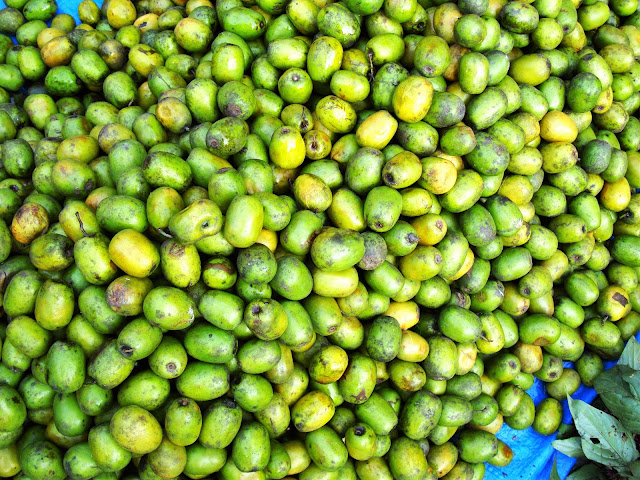Scientific Name - Choerospondias axillaris
About Fruit
Having similar elements of a plum, these oval-formed organic products are greenish-yellow when ready. With high vitamin C content, even at full ready stage they are amazingly acrid, in any case it additionally contains a charming tart flavor, where a few people eat it crisp, while others use really taking shape of dried organic product chunks that is both sweet and salt. Mash partition from the seeds is hard to isolate, yet by cooking it turns out to be simple. With an extensive chestnut seed, the organic products have a hard rubbery skin and light yellow substance, which is immovably joined to the seed.
Read also: Red Banana (Australia)
Nutritional Value of Lapsi Fruit
Calories: 380
Moisture: 84.8 (83.6-86.0)
Ash: 4.6(3.9-4.7)
Fat: 5.9(5.2-6.6)
Protein: 14.5(14.0-15.1)
Carbohydrate: 75.0(75.0-75.0)
Na: 5.0(5.0-5.0)
K: 639.3(577.6-659.9)
Ca: 202.1(201.9-202.4)
Lapsi Fruit Uses
Read also: Panch Pokhari, Nepal
The organic product, when is at its acrid green stage is utilized as a tamarind-like enhancing. They are additionally utilized for making frozen yogurts, desserts, jams and pickles. They are 3cm long and 2cm wide. In spite of the fact that, the skin of the organic product is thin, it contains an acidic succulent mash that is rich in amino acids and vitamin C. Aside from the organic product, there are a few different uses also. The rough bark is utilized as a part of rope making. With a stamped silver molecule, the grayish-white wood is utilized as light development timber for making tea mid-sections and general furniture things. The wood is likewise utilized for fuel and the seed shells make an incredible thing as a fuel in block furnaces.
Medical advantages of Lapsi
Sugar profile of the natural product will uncover that it has low straightforward carbs and high complex carbs; absolutely it contains 59.38g of carbs. Seeing that carbs are an essential wellspring of vitality, recommended level of utilization is imperative. It has normal protein content present in it. Given that, it contains high fat, individuals who are on eating regimen ought to abstain from devouring it. On the off chance that you are searching for a low-sodium organic product, then Lapsi is an appropriate and solid low-sodium slim down for you.
To read more of a Beautiful things in the World, Click Here.


Comments
Post a Comment